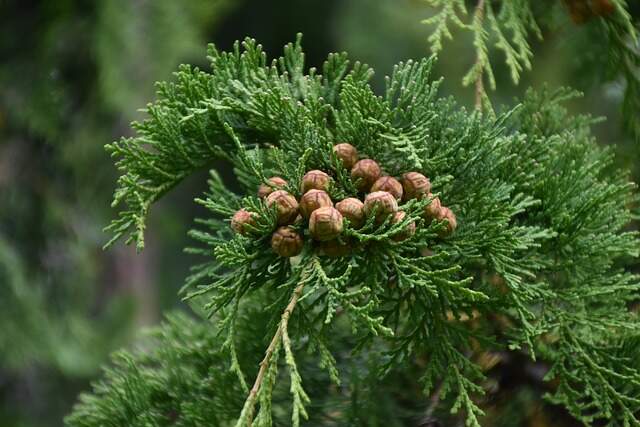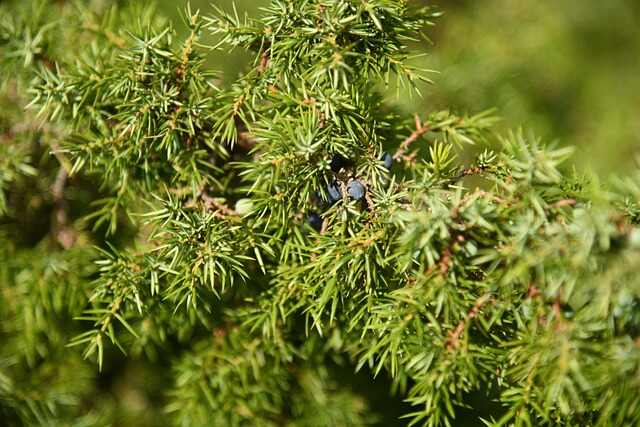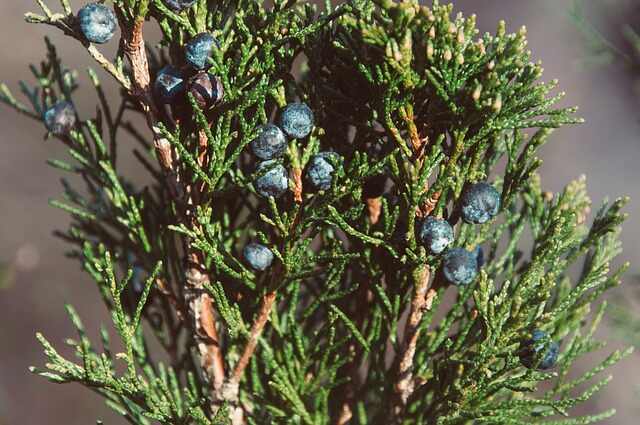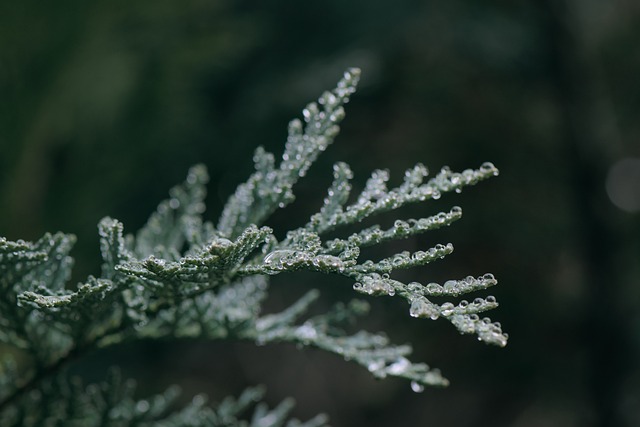Do you want to spruce up your outdoor garden or natural spaces? Do you want to add year-round color and texture to your garden?
Then why don’t you go for a rocky mountain juniper?
Visit the article below to knows the effective growing and caring guide for rocky mountain juniper.
Plant Overview
Rocky Mountain juniper or scientifically termed the Juniperus scopulorum is a fantastic, easy-growing plant that is a popular plant option for the home garden.
Being native to North America, this plant is also referred to as the Western red cedar, river juniper, Cedro Rojo, and sabino. This plant has a compact, upright, slightly columnar growing habit. Although different cultivated varieties of this plant can vary in appearance from those that have mounded ground-creeping habits to upright weeping types.
These evergreen needles shrubs are pointy and gray when they’re young and covered with a white coating. when they mature, the needles of the plant become dark blue to light green along with scale-like layers. The bark of the rocky mountain juniper is gray or reddish-brown and it peels away from the trunk.
Rocky Mountain juniper is dioecious and grown for its beautiful foliage, and it develops solitary dark blue cones that we usually call berries which generally ripen in their second year of growth when they develop a white bloom that consists of wild yeast.
Each cone of the plant bears one to three seeds, and this plant can take up to 10 years or more to start producing these.
How to plant your rocky mountain Juniper?

It is recommended to plant your rocky mountain juniper in spring or early fall to give plants the best start.
Choose an ideal location for your plant that will allow roots to spread and the branches to grow freely. Space your plant far enough from any structures like building foundations, walls, and decks as the growing foliage may crowd the structure. Tall trees or shrubs may also block windows or interfere with the roof or power lines. So find a location as per that.
To plant your rocky mountain juniper, dig a hole as deep as the root ball and three times wider than it. After removing the soil, add some compost or peat moss to enrich the soil and loosens the existing dirt for which roots can spread easily.
Remove the plant from the container or from where you brought it, brace the base of the plant gently, tip it sideways and tap the outside of the pot to loosen the soil.
Set your plant in the hole. If the roots of the plants are tightly packed, you can gently rake them apart with your fingers.
Return to the soil in the planting area to pack firmly around the root ball. Fill the hole you dig for your plant until the soil line is just the same at the base of the plant.
Water your plant well. You can also add a 5 cm layer of mulch, like shredded bark, around the planting area. Keep the mulch away from the trunk of the plant as this may make the bark too moist and cause it to decay.
How to care for rocky mountain juniper?

Light
The rocky mountain juniper thrives to grow in full sun but it also requires partial shade. Like all junipers, it is also pretty adaptable to better lighting conditions.
Soil
The ideal soil to grow a rocky mountain juniper is a loose, inorganic mix of a neutral pH. You can also add some vermiculite, perlite, or a pumice mixture to your soil if you are looking to amend your soil to provide its texture to help your juniper.
Water
The tree does not require a lot of water to grow and is very drought-tolerant. So this plant is perfect for xeriscaping or various other Waterwise gardens.
Temperature and Humidity
This plant prefers to grow in a warm dry temperatures, but it is too cold hardy to -35 degrees Fahrenheit.
Fertilizer
The rocky mountain juniper does not require any kind of fertilizer to grow.
How to prune rocky mountain juniper?

Pruning is often necessary for your plant to remove dead branches, promote bushier growth, encourage more flowers, look beautiful, or maintain a specific size or shape.
If you are pruning your rocky mountain juniper, you should remove the dead branches that are close to the trunk, and flush with the bark. To control the size or shape of a plant, cuts should be made just above a leaf bud and at a slight angle while pruning. This bud will generate new growth sprouts.
Most shrubs of this plant can be regularly sheared to keep them in a shape like a hedge, edging, or formal foundation planting.
Use a sharp, clean tool to prune your plant. There are a large number of tools available depending on the type of job. You can use hand shears, pruners, and loppers to prune your rocky mountain juniper.
If you want to prune large, mature shrubs or trees, you can use a pole pruner. If the tree is much larger that it can’t be safely pruned with the help of a pole pruner, you can call in a professional tree service for effective pruning of your plant.
How to propagate your rocky mountain juniper?
Rocky Mountain Juniper plant can be propagated through cuttings, seeds, or grafting. Grafting is difficult and it requires an experienced gardener to make it do well. Therefore, you can use cutting for propagation, or else you can also use seeds to grow your plant and that will be the most common option for the typical home gardener.
To take proper cutting from your plant, choose a branch that is healthy and green. Propagation of plants should be done during the winter or early spring if you want to grow an established growth.
Separate your cutting from the main branch with the help of a sharp shear, so that you can have a heel or node on one side and lively growth on the other.
Peel the bottom half of your cutting, up to about 1 inch, then dip the rocky mountain juniper in rooting hormone. Place your plant in damp peat moss soil and tamp the medium down thoroughly.
You can also use pots that are at least 5 inches deep that allow for better root growth of plants. It may take up to six months for those cuttings to develop their root systems.
Conclusion
As you read this article this far, you might get the idea of a growing and caring guide for rocky mountain juniper and let us know how it is going.
You may also like to read
How to Grow a Weeping Japanese Maple Tree? – Everything You Need to Know







